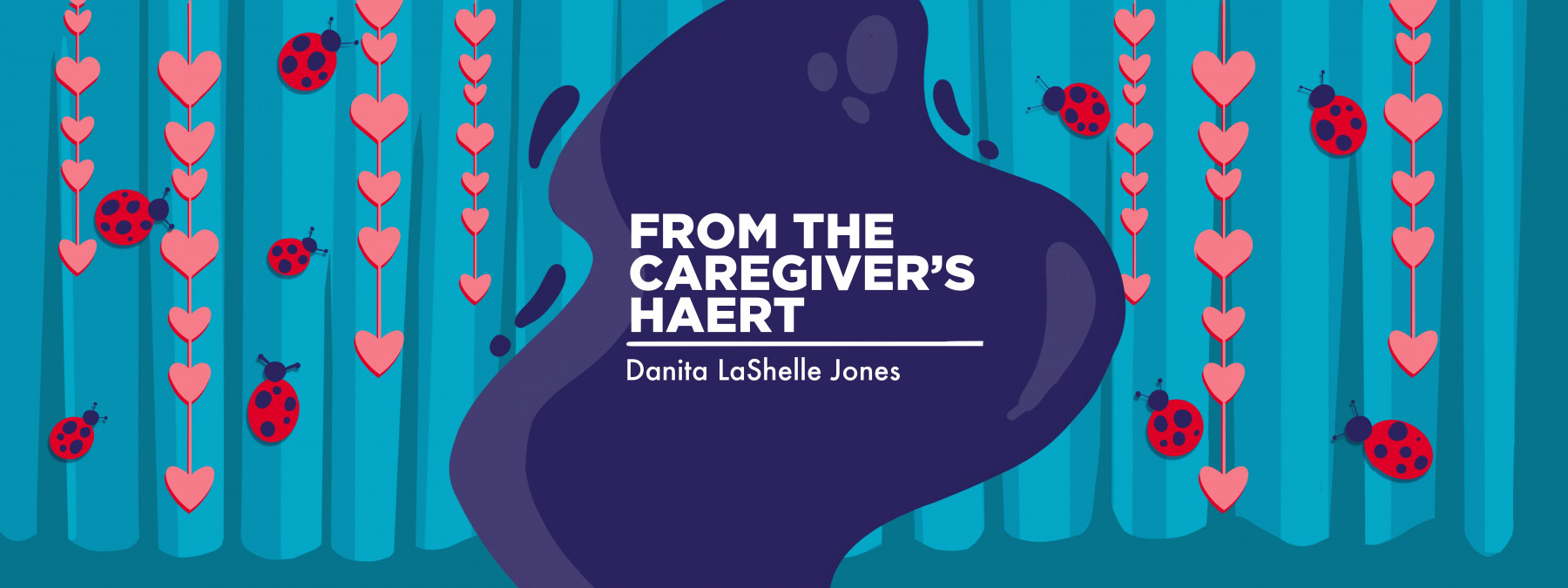Facing your fears: A lesson for hereditary angioedema caregivers
When something terrifies us, we can confidently rely on our training
Written by |

With knots in my stomach, I stared down from the high dive at my swimming instructor.
After six weeks of learning to swim, the last part of our class was jumping off the diving board into 12 feet of water. At 11 years old, this was the most ludicrous idea anyone had ever presented to me.
In the summer of 1992, weeks before my birthday, my father, a great swimmer, convinced my mother to enroll me in swimming lessons at a local natatorium. In six weeks, I went from sinking like a rock to floating, swimming underwater, pushing off the side of the pool, and jumping into the deep end from the pool’s side.
But the high dive was a different story. Although I knew my teacher wouldn’t let anything happen to me, including ensuring that extra lifeguards surrounded this beginners’ class, jumping into the pool from that height was terrifying.
I held up the class for a solid five minutes.
“Danita,” my teacher finally yelled, as I’m sure she was tired of treading water. “Nothing bad will happen. You know what to do.”
I nodded.
With one final deep breath, I stepped off the board.
The trip down to the water took slightly longer than I expected. The moment I thought I would hit was delayed somewhat, at least in my head. But when I hit the water, my teacher’s hands were immediately on me as I kicked my way to the surface. It was the best feeling. I had accomplished something that terrified me.
Thirty-two years later, I found myself on another high dive.
That wasn’t so bad, was it?
When our daughter, whom we lovingly call Ladybug, was diagnosed with hereditary angioedema, an Olympic-sized swimming pool’s worth of information, training, and worry came with it.
In addition to learning how to recognize symptoms, to know when to take her to the hospital, and to deliver her preventive medications, I was trained to administer her emergency IV medications at home.
When the nurse came to our home, she gave an expert lesson on how to find a vein, use the butterfly needle, and comfortably push in the medication. After three tries (with Ladybug’s permission), I found the perfect vein in her arm.
“You can also use the veins in her hand,” the nurse encouraged.
I heard her but quietly decided I would never touch the veins in Ladybug’s hand. In my mind, they were too small, too close to her tendons, and had the potential to cause the most trouble.
For the last three years, it didn’t matter how many failed attempts I had on her arms, the idea of sticking her hands freaks me out, and like most people, I try to avoid what terrifies me at all costs.
Last week, Ladybug recognized a prodrome, which is a term used to describe warning symptoms that precede a hereditary angioedema attack. I jumped into action because I had a very small window before her swelling started. With robotic automation, I got her medication ready and searched for a vein in her arm.
And then her other arm.
After 10 minutes of searching, I couldn’t find anything. I was facing my worst nightmare.
As I searched her arm again, her slender finger came into view and pointed to the tops of her hand. At first glance, there were multiple veins to choose from, all prominently sitting on full display.
“I don’t want to do your hands,” I finally told her. “The veins are small, and I may mess up.”
“But you know how to do it,” she replied.
Like a movie, that childhood moment on the high dive replayed on my mental screen. Ladybug was right. I knew what to do, even if I was afraid.
I got it on the first stick.
The veins in her hands are now my favorite.
As caregivers, we often face terrifying situations that make us doubt ourselves or our abilities to care for our loved ones. The reality is that we know exactly what to do. We have the correct training to face these moments. If we step forward and do it when we’re afraid, we may discover that it’s not as bad as we had made it out to be.
Note: Angioedema News is strictly a news and information website about the disease. It does not provide medical advice, diagnosis, or treatment. This content is not intended to be a substitute for professional medical advice, diagnosis, or treatment. Always seek the advice of your physician or other qualified health provider with any questions you may have regarding a medical condition. Never disregard professional medical advice or delay in seeking it because of something you have read on this website. The opinions expressed in this column are not those of Angioedema News or its parent company, Bionews, and are intended to spark discussion about issues pertaining to angioedema.






Leave a comment
Fill in the required fields to post. Your email address will not be published.